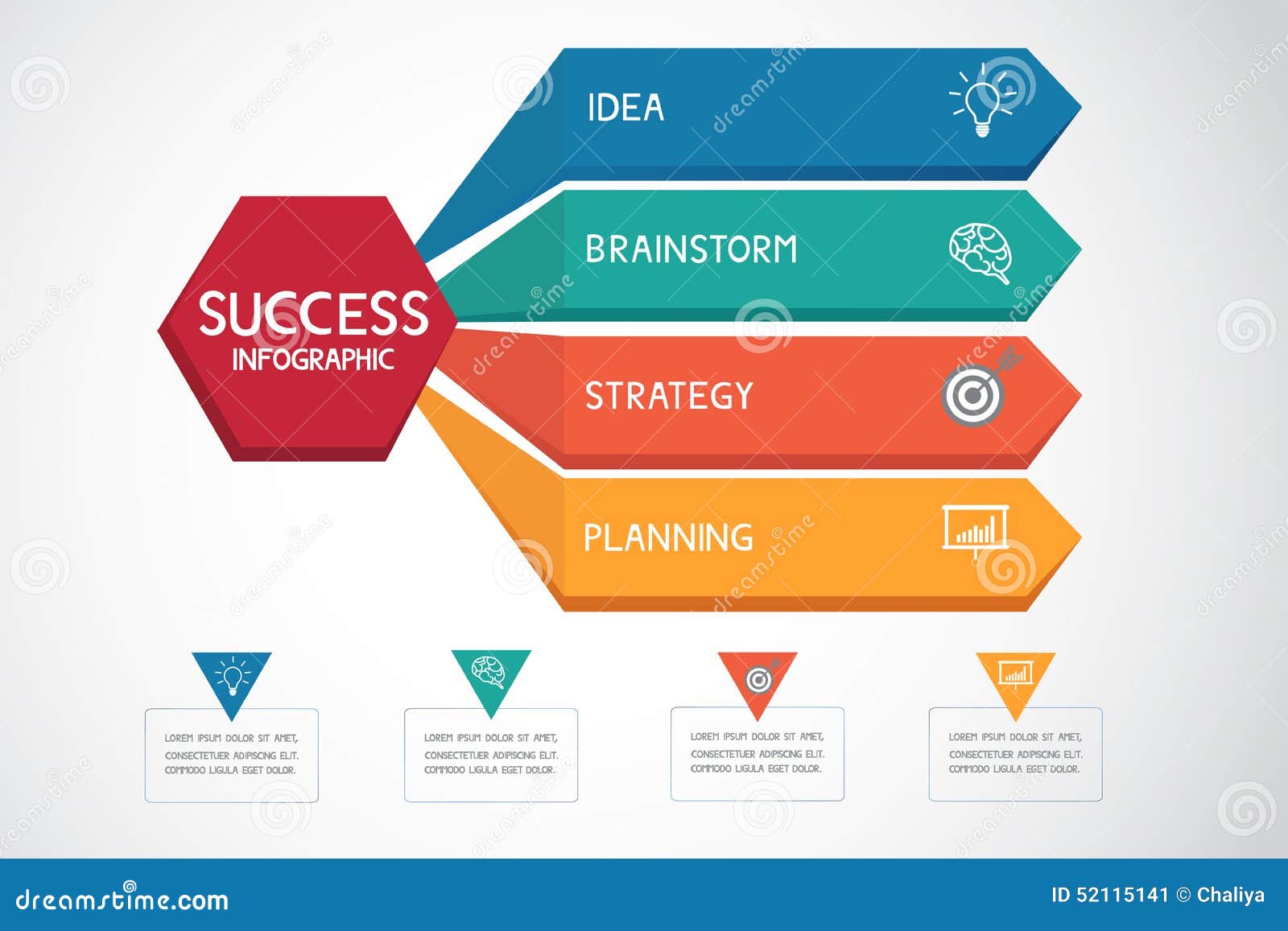The Growth Of Website Design: Then And Currently
The Growth Of Website Design: Then And Currently
Blog Article
Suggested Web site By-Bradshaw Hyldgaard
In the past, websites were easy and concentrated on info. Navigating was straight, and layout was for desktops. Currently, customer experience is essential. Data guides designs for simple navigating. Receptive layouts fit different tools. Today, dark setting reduces pressure, and minimal food selections enhance navigation. Interactive attributes involve customers, and strong visuals stand out. AI integration improves involvement. See exactly how design has actually evolved to improve your on the internet trip.
Early Days of Website Design
In the very early days of website design, simplicity reigned supreme. Web sites were basic, with limited shades, fonts, and layouts. The focus was on providing information instead of flashy visuals. Individuals accessed the net with slow-moving dial-up links, so rate and performance were crucial.
Navigating food selections were straightforward, commonly situated at the top or side of the page. Web sites were designed for desktop computers, as mobile browsing wasn't yet widespread. Material was king, and developers focused on very easy readability over intricate style aspects.
HTML was the main coding language used, and developers needed to function within its constraints. Computer animations and interactive features were very little contrasted to today's criteria. Sites were static, with little dynamic web content or individualized user experiences.
Rise of User-Focused Design
With the advancement of web site design, a change towards user-focused layout principles has actually become significantly noticeable. Today, producing internet sites that prioritize customer experience is vital for engaging site visitors and achieving business goals. User-focused design involves recognizing the needs, preferences, and habits of your target market to tailor the web site's format, material, and features appropriately.
simply click the up coming website page perform extensive research, such as individual surveys and functionality screening, to collect insights and comments straight from individuals. This data-driven technique aids in producing intuitive navigating, clear calls-to-action, and aesthetically attractive user interfaces that resonate with site visitors. By placing the individual at the facility of the layout procedure, sites can provide a much more tailored and enjoyable experience.
Responsive layout has also emerged as an essential aspect of user-focused layout, guaranteeing that web sites are enhanced for numerous gadgets and screen dimensions. This adaptability enhances accessibility and usability, satisfying the diverse methods individuals communicate with websites today. Fundamentally, the increase of user-focused style signifies a change towards creating digital experiences that focus on the needs and expectations of completion individual.
Modern Trends in Web Design
Explore the current trends shaping web design today. One noticeable pattern is dark setting style, providing a streamlined and modern-day look while lowering eye pressure in low-light atmospheres. Another key trend is minimal navigating, simplifying food selections and boosting customer experience by concentrating on essential elements. Incorporating micro-interactions, such as computer animated switches or scrolling effects, can create a more engaging and interactive site. Receptive design stays essential, making sure seamless customer experiences across various tools. In addition, using strong typography and asymmetrical formats can add visual interest and draw attention to certain material.
Incorporating AI modern technology, like chatbots for consumer support or personalized recommendations, boosts individual interaction and enhances procedures. Access has also end up being a substantial pattern, with designers prioritizing inclusive style practices to satisfy varied user requirements. Accepting sustainability by optimizing site efficiency for rate and performance is an additional arising pattern in website design. Teaming up with individual feedback and data analytics to repeat and improve style continuously is vital for remaining appropriate in the ever-evolving electronic landscape. By accepting these modern-day trends, you can produce a visually attractive, user-friendly internet site that resonates with your target market.
Conclusion
As you assess the advancement of web site design from the very early days to now, you can see exactly how user-focused layout has become the driving force behind modern-day patterns.
Accept the journey of modification and adaptation in web design, constantly maintaining the user experience at the forefront.
Stay current with the latest fads and innovations, and never quit developing your strategy to develop visually sensational and straightforward sites.
Develop, adapt, and create - the future of website design is in your hands.
